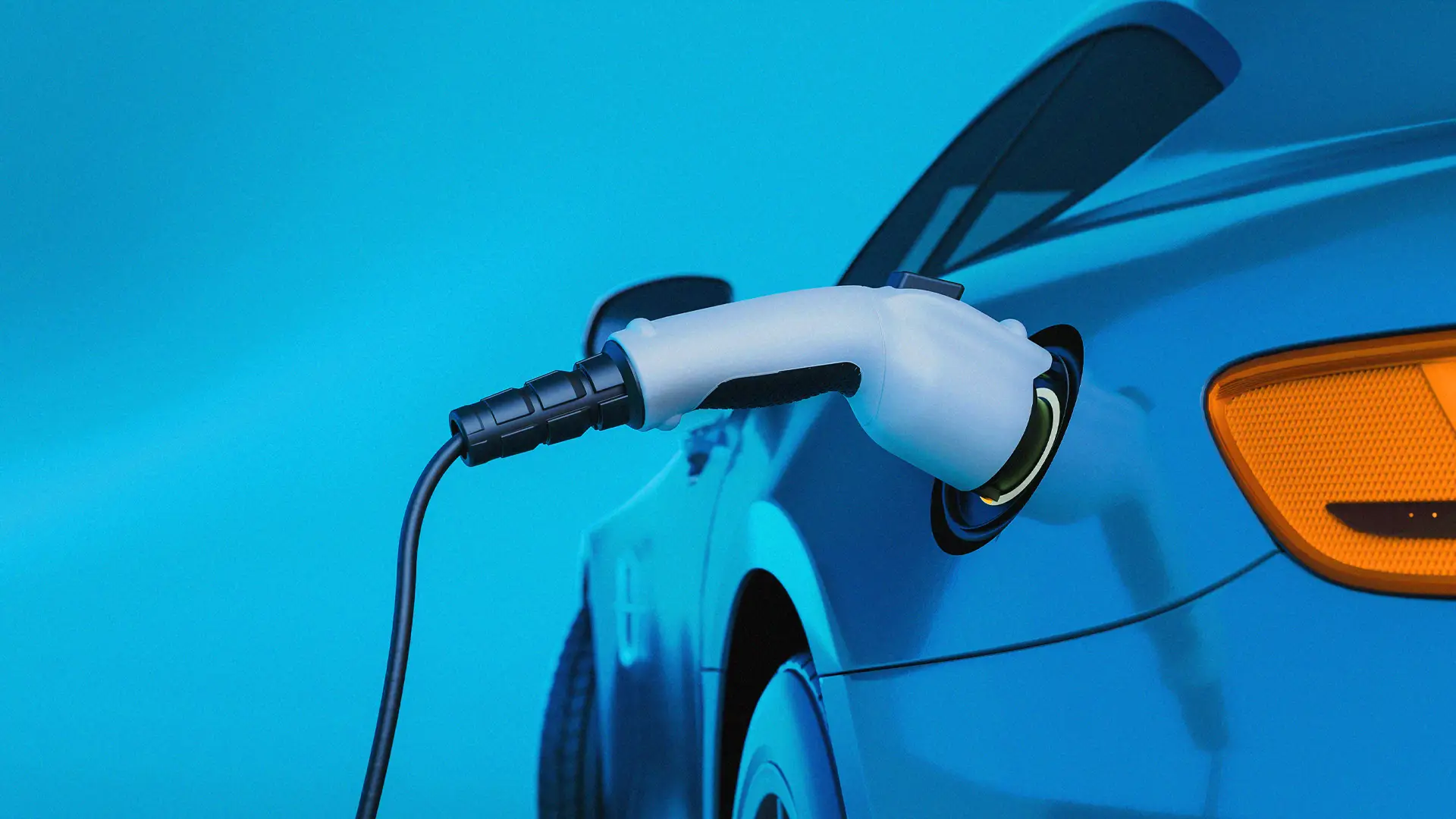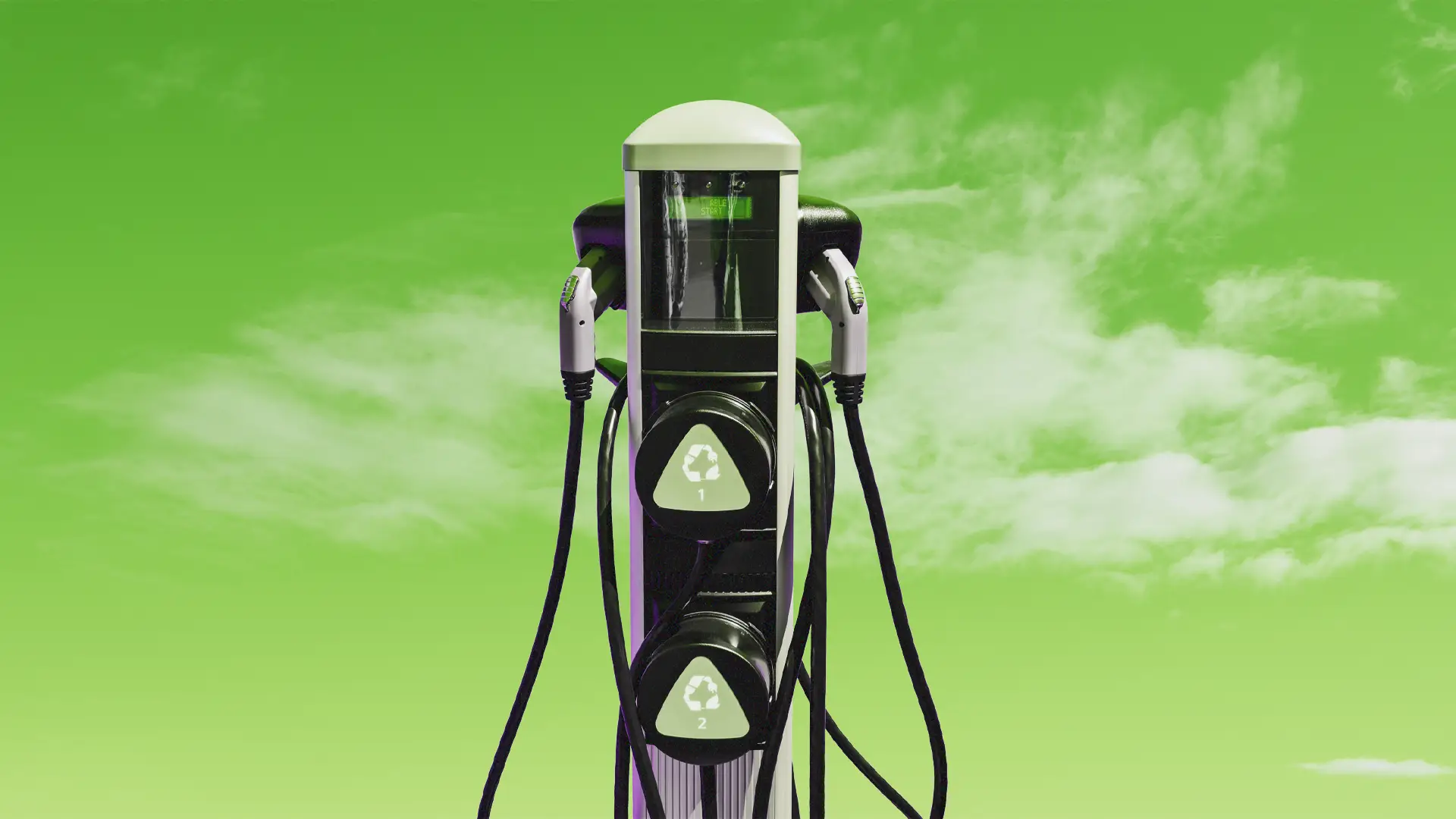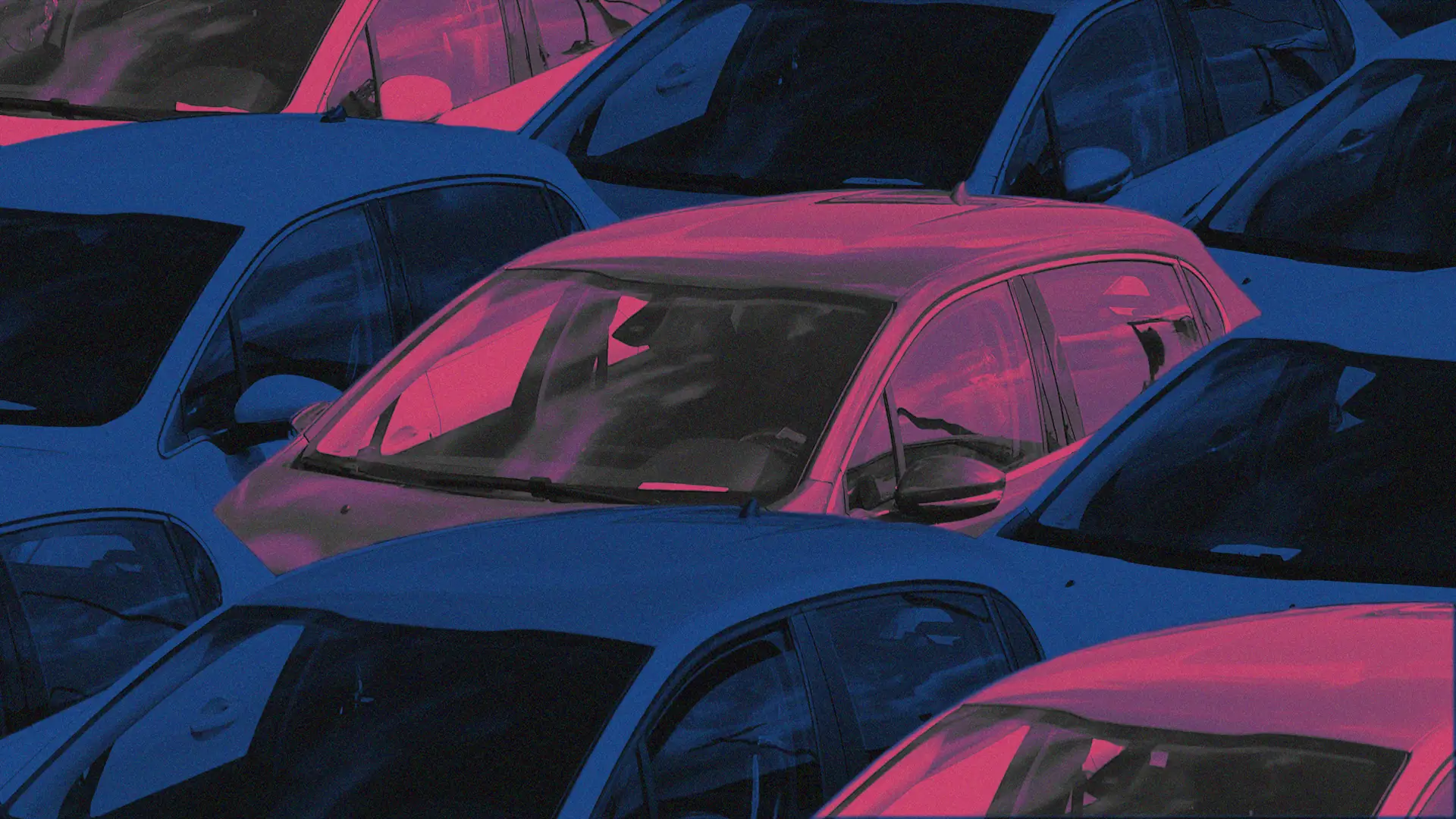

Key Takeaways
- Despite political uncertainties, the EV sector is thriving, driven by consumer demand and significant investments, with billions already committed through initiatives like the Inflation Reduction Act (IRA).
- Automakers are doubling down on EVs as electrified vehicles continue to gain market share, with models like the Mustang Mach-E outselling their internal combustion engine (ICE) counterparts.
- By 2026, automakers must meet California's mandate of 35% zero-emission vehicle (ZEV) sales in CARB states, which collectively account for over 40% of U.S. new vehicle sales.
- Marketing efforts need to accelerate to effectively build consumer demand and help states outside California meet ambitious ZEV targets.
Listen: Consumer demand and policy are driving EV market growth.
At first glance, the landscape for electric vehicles post-election looks a bit foreboding, with uncertainty and noise overshadowing what's next for EVs. But if you zoom in, you'll find a thriving landscape for electrified vehicles—rooted in consumer demand and bolstered by significant investment. The EV sector isn't just surviving; it's a success story propelled by momentum and big money betting on its future.
What about federal headwinds?
Some fear the new administration might slam the brakes on EV progress by scaling back incentives or challenging state-level emissions standards. But it's not that simple. Billions from the Inflation Reduction Act have already been spent, and much of it in red states.
Reversing the course would be politically risky and logistically challenging. Automakers and major supply chain players have poured enormous resources into electrification and are unlikely to backtrack quietly.
With 2026 around the corner, parts ordered, logistics underway, and assembly lines ramping up for the model year 2026 (MY26) changeover, marketers should stop wringing their hands over the EV future and instead invest strategically to keep creating desire and demand for the electric vehicles they're already planning to build.
Consumers are falling for EVs
Why should automakers double down on EVs this year? Not because the IRA and CARB/ZEV rules are ready to kick in in 2026 or because billions have already been invested. They should wholeheartedly commit to electric vehicles because consumers are starting to love them.
Consider the Mustang Mach-E. After launching four years ago to intense backlash from loyalists, this dark horse hit its stride in 2024, selling over 50,000 units and outselling its ICE sibling. These aren't just numbers. With sales up 26.9% YOY, they represent momentum and a sign that EVs have gone mainstream.
In fact, 2024 was another record year for electrified vehicles. Key U.S. brands' EV sales surgedGM up 124%, and Ford up 35%. Total battery electric vehicles (BEV) sales reached an 8% share of the market. For 2025, Cox predicts BEV share will grow to 10%, with one in four vehicles being electrified. ICE products will continue to tumble (Cox predicts 75% share), proving out the BloombergNEF thesis that 2017 marked the peak year for ICE, marking the start of their decline.
Further proof needed?—the Pope's very first electric-powered popemobile. If EVs are good enough for the Vatican, they're ready for everyone. Praise BEV.
Why is 2026 a milestone?
By 2026, automakers must ensure that 35% of new passenger vehicles sold in California and similar states are ZEV. This includes BEVs, plug-in hybrid vehicles (PHEVs), and hydrogen fuel cell vehicles. These regulations, part of a roadmap to 100% ZEV sales by 2035, apply to automakers, not individual consumers. This means the manufacturers need to figure out not only how to build the vehicles but also how to build the demand for them.
As of now, 17 states and the District of Columbia have adopted California's stricter vehicle emissions standards under Section 177 of the Clean Air Act. These states, often called “CARB states,” include:
● Northeast/Mid-Atlantic: Connecticut, Delaware, Maine, Maryland, Massachusetts, New Jersey, New York, Pennsylvania, Rhode Island, Vermont.
● Midwest: Minnesota.
● West: Colorado, Nevada, Oregon, Washington.
● Others: New Mexico, Virginia.
Together, these states account for over 40% of U.S. new light-duty vehicle sales, with California alone representing approximately 11%. According to S&P Global, the number of new cars sold in the US in 2026 is expected to be around 16 million units. So, if CARB states account for 40% of sales on average, and if 35% of those need to be zero-emission vehicles, over 2,240,000 ZEV vehicles need to be sold in the CARB states in 2026. While California's new EV share of new cars sold hit an impressive 29% in 2024—edging closer to the 35% mandate—the rest of the CARB states have some work to do to hit the target.
Strategies for automakers
If EVs are the big bet, how can automakers get ahead of MY2026? With new EVs rolling off the line in just a few months, they need creative, innovative marketing solutions to capitalize on this milestone moment and strategically accelerate interest in EVs in CARB states and beyond.
Predictive AI, personalization, and localization
Use AI to optimize media campaigns and create content to speak directly to your consumers in localized and personalized ways. In mountainous and cold-weather areas, bust myths around cold-weather battery performance and highlight the benefits of EV-style torque in getting out of a snow bank. In big city markets, tout the benefits of quiet, comfortable commuting and incredible range.
“Heavy up” media blitzes in CARB states
Local search / media, along connected TV and OOH, can help build awareness for EVs in key communities and neighborhoods already benefiting from EV momentum. “Flow with the go” by marketing to the EV curious who've been waiting on the fence for EVs to tip into the mainstream, in markets already saturated with early-adopter EV owners.
Hyper-targeted CRM campaigns
Advanced CRM tools allow marketers to craft personalized campaigns in CARB states. Amend audience databases with states benefiting from the NEVI charging network such as those in early-mover states in the Northeast. Invite audiences to ribbon cuttings.
Immersive experience programs
Host events like “Electrified Adventure Days,” complete with EV test drives, “electrified home” immersions (solar, e-tools, e-bikes), and charging station demonstrations where people experience how easy it is to drive, own, and maintain an electric lifestyle.
Dealer readiness
Equip dealerships with content and tools to inspire their Sales, Service, and Marketing Teams to ensure they are well-versed in EV technology, benefits, and selling points.
Sustainability partnerships with CARB state community-based enterprises
Collaborate with local clean energy organizations, NGOs, local utilities, and EV charging installation providers to build goodwill and visibility.
The electrified road ahead
The 2026 model year represents more than just a regulatory milestone—it's a moment for automakers to ignite consumer desire and redefine the future of mobility. The EV journey is no longer a leap of faith; it's a proven pathway to innovation, sustainability, and long-term viability / profitability.
Crafting campaigns that showcase the thrill of EV performance, the tangible cost benefits, and their role in combating climate change will turn skeptics into believers and fence-sitters into enthusiastic adopters.
Automotive brands that seize this moment with bold, emotionally resonant marketing will not only fulfill regulatory obligations but also secure their place as leaders in the most transformative era of modern mobility. The fast-approaching fall of 2025 isn't just about rolling out new '26 models; it's about rolling out a new vision of freedom, innovation, and possibility. The stage is set, the players are ready—let the EV future begin.
Related

Great brand collaborations are the best to strengthen identity.
Design & Experience, Insights & Trends, Marketing & Creative, Beauty and Fashion

Are you missing opportunities to improve health screenings?
Design & Experience, Marketing & Creative, Health

Prepare your business for enterprise agentic AI now.
Development & Technology, Insights & Trends, Technology







